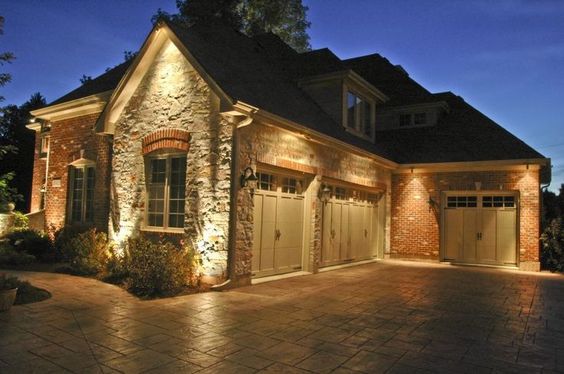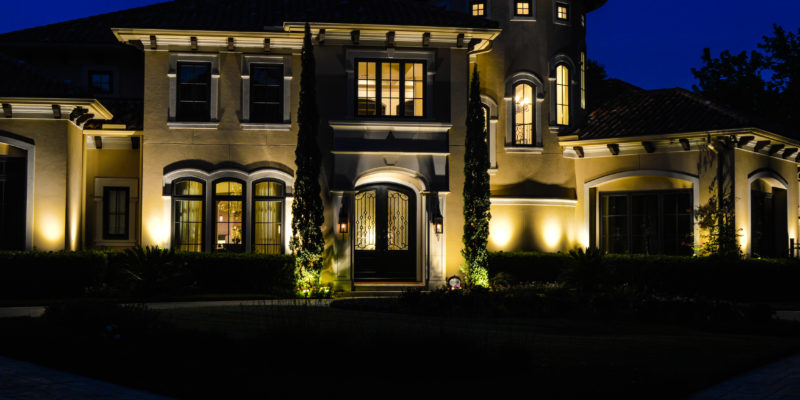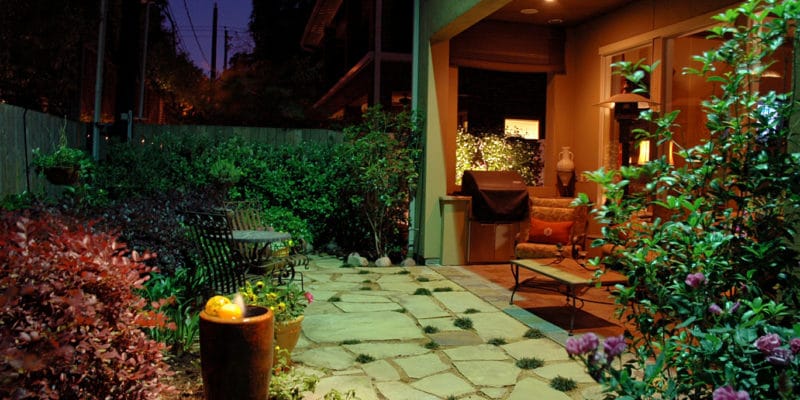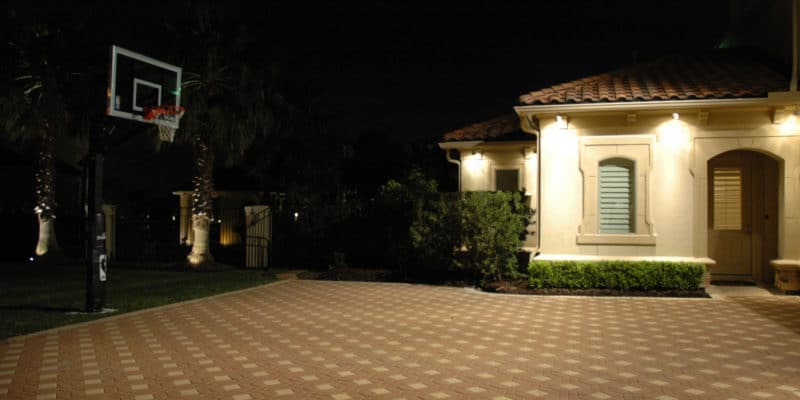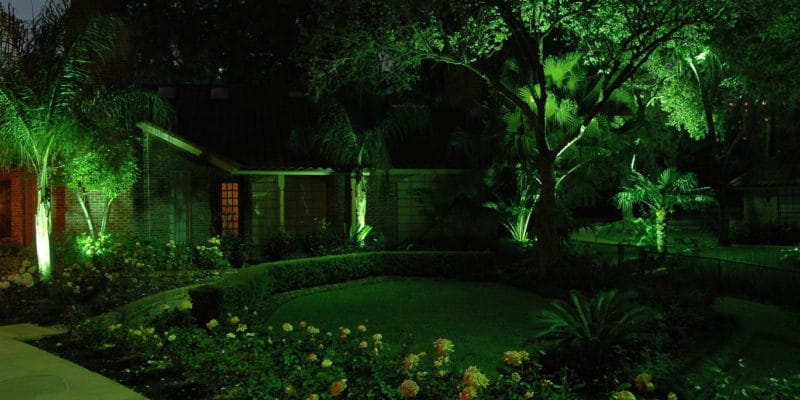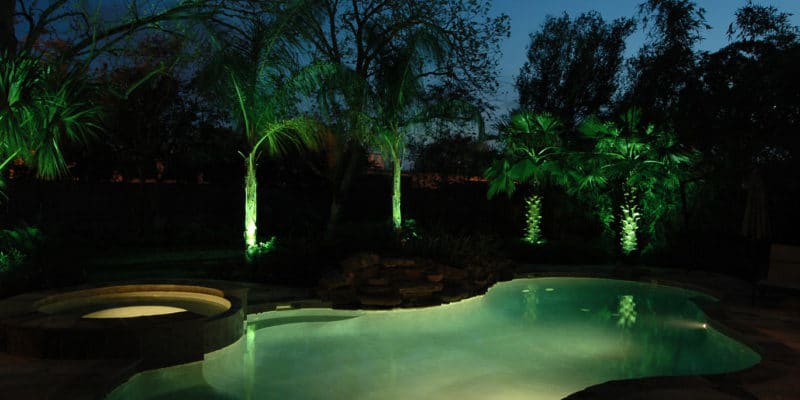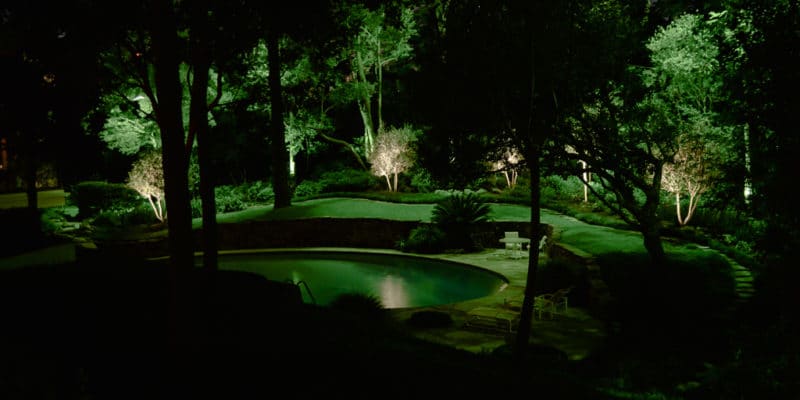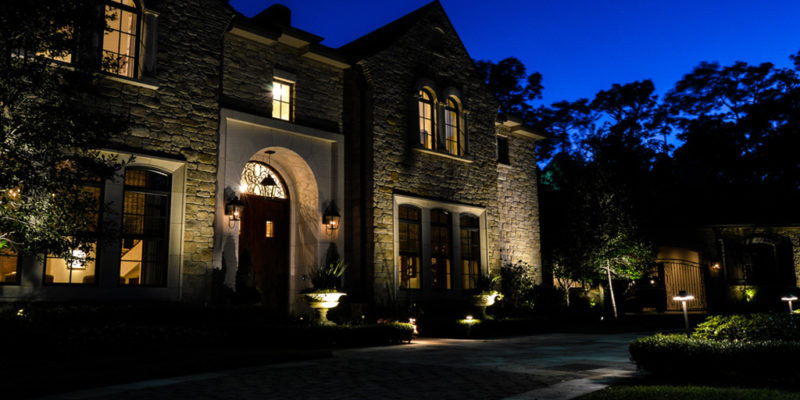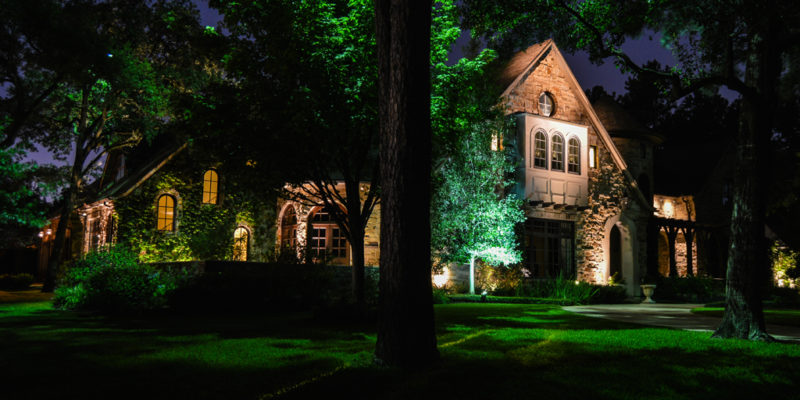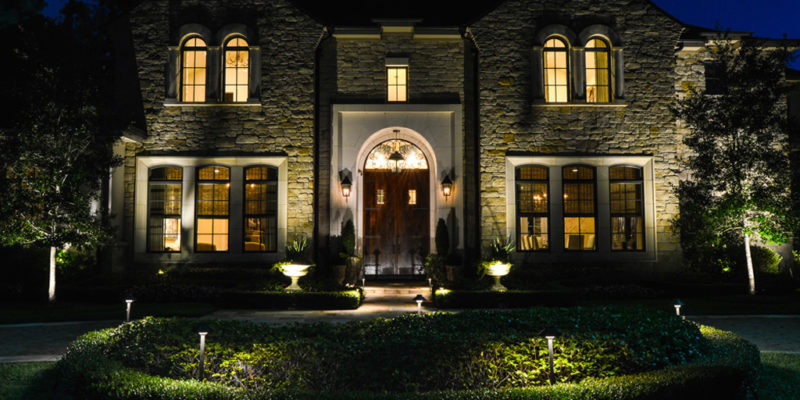Lightscaping Ideas For Your Houston Deck Or Patio
Warm weather makes men and women, along with children, pining to spend as much time outdoors as possible. Whether you want to grab an ice-cold beer of a glass of wine to enjoy those beautiful Houston sunsets from your deck or patio or sit outside catching up with friends, you need effective outdoor lighting.
Outdoor living areas like patios and decks can become an extension of your home when properly lit. These areas can become the perfect area to relax, dine or entertain outdoors surrounded by the sights and sounds of Mother Nature.
There are many different lighting choices that can help you create a deck or patio area where you can spend leisurely evenings enjoying the beauty that surrounds all of Houston. Take a look at our favorite options and include them in your outdoor lighting scheme.
- Deck Post Lights – Deck post lights offer both practicality and safety. When you install deck posts lights to your prominent deck posts, they can illuminate large areas of your patio or deck. Furthermore, this lighting helps to show the location of your railing.
- We can help you select deck posts lights that will coordinate with the surface and color of your decking so that they are barely noticeable. After dark, they will beautify your outdoor spaces and extend the time you can enjoy sitting on your deck or patio.
- Bistro String Lights – Bistro string lights, also known as globe lights, can be added to your deck or patio area to create a cafe feel. These lights offer a unique ambiance thanks to their soft glow. Furthermore, these lights, when placed above your grill can make cooking in the evening a breeze.
- Patio Seat Wall Lights – Patio seat wall lights are perfect for steps and patios. They help to illuminate natural stone and low profile areas, making them easier to see in the dark. This is especially beneficial to guests who are unfamiliar with your property.
- Outdoor Deck and Patio Step Lights – Lighting any changes in elevation like steps and stairs will help to prevent any trips or falls while adding a unique ambiance to your outdoor space. Path lights help to illuminate the walking path and ensure that you and your guests can safely navigate uneven areas and stairs. Cascade lights, placed on exterior walls can be used to light the stairs themselves.
About Outdoor Lighting Solutions In Houston
The Latest Houston LED Lightscaping Designs For Your Landscape
Outdoor lighting can become stark if not approached properly. Many people and companies only see it as a technological task; however, when LED landscape lighting is done properly, it can do so much more than illuminate your pathways. Creating a landscape lighting design can showcase gorgeous plantings and architectural details throughout your property. The design specialists at Robert Huff uses the latest LED lighting solutions to create a unique lighting profile that is as unique as you and your property.
The team of landscape lighting specialists often works with pool designers, landscape architects and builders to create a unique and one of a kind outdoor space for homes and businesses. We specialize in creating a lighting solution that embraces security, elegance, and beauty. We have been in business for more than 30 years. Robert Huff customers will testify that our company works with you to help you realize your outdoor lighting dreams for your deck or patio areas.
At Rober Huff, we understand that it is essential to use creativity and imagination to transform outdoor patios and decks into useable extensions of your home. We will go above the competition to ensure that you are fully happy with the design. When you choose Robert Huff for your outdoor landscape design, you will get an incredible design and the support that you need to fully enjoy all that your property has to offer.
For more than 30 years, the design specialists at Robert Huff has been the premier choice of outdoor lighting in Austin, Houston, and the surrounding areas. We have many satisfied customers and are fully insured and licensed. Contact us today to see the Robert Huff difference.
If you would like to discover more tips and tricks, visit our blog. Call or contact us today for more information!
